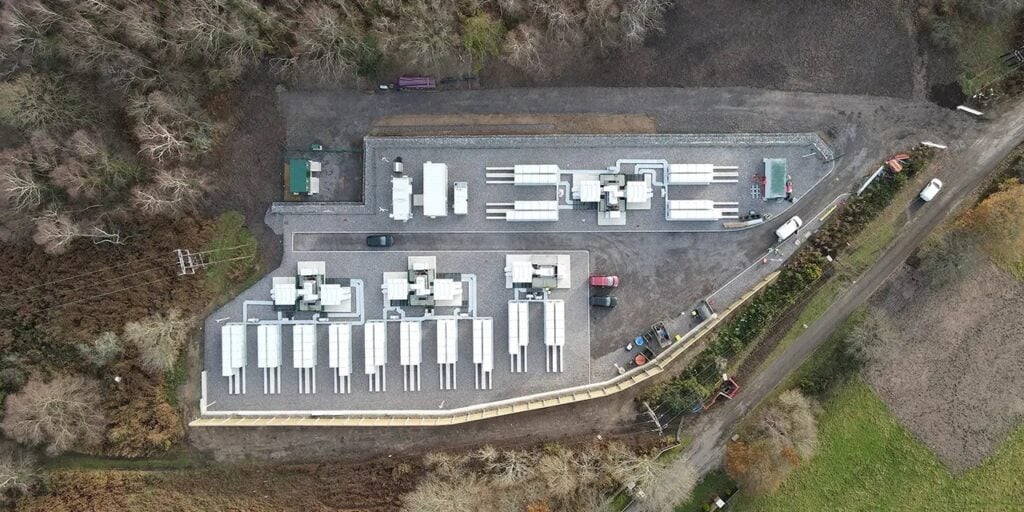
UK developer Low Carbon and Norwegian energy holding company Equinor have announced moves that could help mitigate risks associated with their renewable portfolios.
Low Carbon, a large-scale renewable energy developer, independent power producer (IPP), and investor, said on Tuesday (8 April) that it has formed a strategic partnership with insurance company Paratus following a commercial transaction.
Paratus, a specialist in energy price (re)insurance, has created a policy to stabilise generators’ balance sheets and enhance their credit profiles. Low Carbon claimed this would mitigate the exposure of power purchase agreements (PPAs) and route-to-market (RTM) strategies to energy market fluctuations that could adversely affect them.
This mitigation of exposure would make renewable energy assets more investible, Low Carbon claimed.
The company’s portfolio of solar PV, wind and battery energy storage system (BESS) assets includes a majority of projects in the UK and a smaller number in continental European markets, including Germany, the Netherlands, Poland and Romania. It is also developing waste-to-energy projects and is pursuing development opportunities in North America.
Equinor, meanwhile, has decided to integrate its solar PV and wind renewable energy portfolios with its gas generation and energy storage flexible power portfolios into a new combined business area.
The company, which in the UK is mainly known for offshore wind but also has BESS projects, said this morning that it will create a Power (PWR) business division, by merging its Renewables (REN) business area with flexible power assets from its gas and energy storage Marketing, Midstream and Processing (MMP) division.
Gas and power trading as well as market analysis will remain within its MMP business area, which Equinor claimed would allow for a “holistic approach to power and markets.”
At the same time, adding flexible generation and energy storage assets to the renewable power generation business would help spread portfolio risk across the different technology types.
“By combining our renewables portfolio with our flexible power offering, we strengthen our competitiveness and value creation in the power market,” Equinor CEO Anders Opedal said, claiming the move “reinforces our capability to deliver high returns and the continued disciplined growth in power production.”
The organisational changes will take effect in September, and Helge Haugane, currently head of Gas & Power in the MMR business area, has been appointed executive vice president for PWR.
“By integrating our power business, we can look across technologies, markets and ownership structures. This will be important for further profitable growth in the rapidly changing world of power,” Haugane said.

